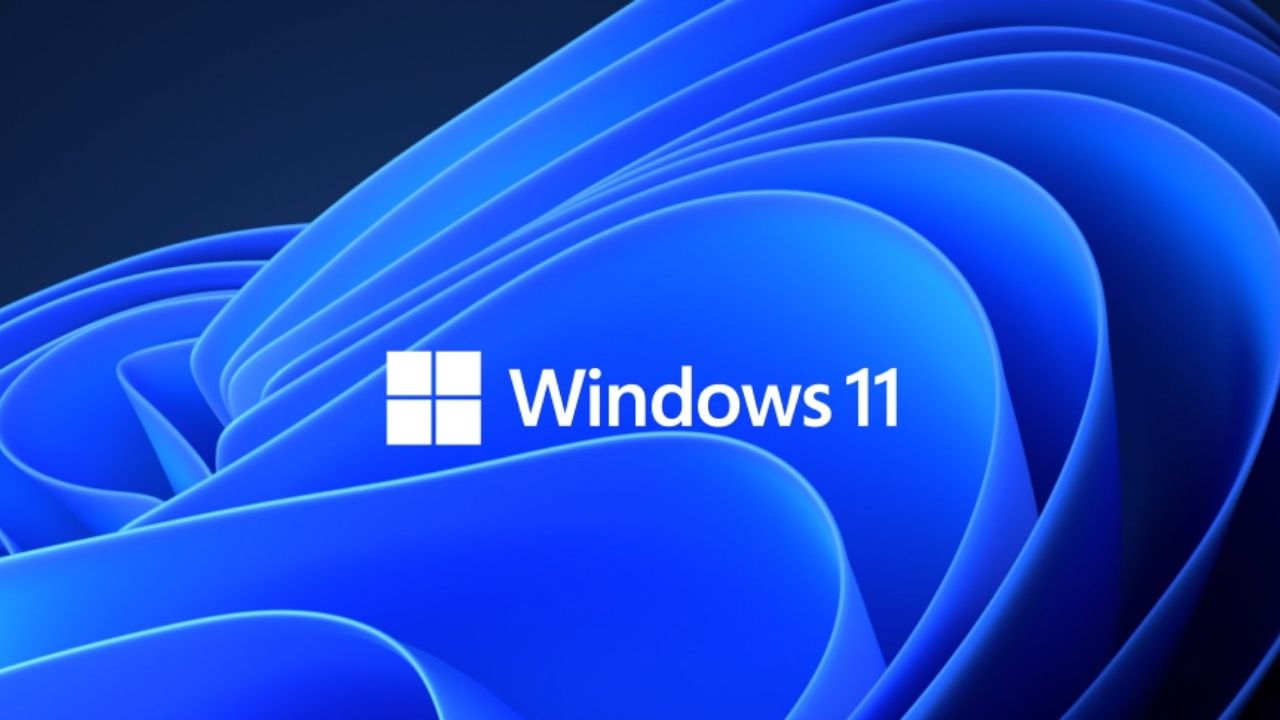Do you need to display all the font family members (styles and weights) available in your Windows computer? There is a simple way to do it using the RegistryItem class! Continue reading and I’ll show you how.
Comments closedCategory: Windows
Posts related to Windows-specific development.
Xojo supports dark mode in most of the Desktop controls. However, the TabPanel control doesn’t yet support dark mode. But it can be made to support it. I use a segmented button and a PagePanel to overcome this and in the blog post, I’ll show you how.
Comments closedStarting with Xojo 2021r3, the Windows IDE is now themed for dark mode. This is because we’ve added support for dark mode aware Windows apps. But wait, how is that even possible with Win32 controls?
Comments closedFor those of you that don’t consider reading through over 220 items as fun as I do, here are a few things I thought I would highlight, in no particular order…
Comments closedLike many Xojo developers, I often use virtual machines for testing. Over time the virtual machine disk files can get pretty large, even if you…
Comments closedI’m happy to report that the Xojo engineers have overcome the hurdles that prevented building for macOS from Windows and Linux. The ability to cross-compile macOS apps from Windows and Linux will return in Xojo 2021r3.
Comments closedWe are excited about Microsoft’s announcement regarding Windows 11. A large portion of Xojo users develop on and/or for Windows. The new UI looks fantastic and will be a welcome upgrade for Windows users. Xojo and apps written in Xojo will run without modification on Windows 11.
Comments closedDid you love Visual Basic? A lot of us did, but it’s 2021 and technology is ever-changing. As you look at the modern alternatives, consider Xojo. For over 20 years, Xojo has been the spiritual successor to VB, a rapid, cross-platform programming language and integrated development environment (IDE). Often called “VB for the Mac”, Xojo is more powerful than VB6 and more approachable than VB.NET. Two factors that are increasingly important because modern coders are everywhere, not just in the technology department.
Comments closedYou can package your Xojo Web Apps in a Docker Image. That allows you to run an instance of your applications easily in a Docker Container. Docker provides the infrastructure to host the apps, start/stop them, switch between image versions – and much more.
Comments closedLearn to program a simple but entertaining game as an introduction to the Xojo programming language. In this game the computer calculates a random number between 1 and 100 and we have to guess it. Follow this tutorial…
Comments closed


